http://www.redbull.com/en/motorsports/offroad/videos/1331654498064/erzbergrodeo-2014-red-bull-hare-scramble-watch-it-live
1 mountain. 500 riders. 15 checkpoints. 4 hours of time. And only a handful of riders crosses the finish line!
Welcome to the cruel reality of Erzbergrodeos true highlight - the RED BULL HARE SCRAMBLE, which is regarded the toughestst dirt bike race of the world! Only the fastest 500 riders of the Iron Road Prologue qualify for the technically most demanding offroad competition worldwide.
The starting ceremony already is a legend in its very own right. When, at 11:00 am, Karl Katoch guides the competitors to the Erzberg lake, the thrilling atmosphere causes gooseflesh again. At 12:00 o’ clock straight, waves of 50 riders are set loose and places in the front rows are much sought-after. Starting positions correspond with the times reached in the prologue, so the fastest 50 riders of Iron Road Prologue start in the first row of the RED BULL HARE SCRAMBLE.
When Heinz Kinigadner and Karl Katoch rise the starting flag, it’s 4 hours time for the riders to pass 20 checkpoints on the 23 kilometer track. At 4:00 pm, the game is over as the chequered flag is swung for the very last time. All riders still fighting with the track at this time are listed in the official results with their last checkpoint passed in running order. Right after the start it is clear to everyone that there will be only one way to the finish line - straight up the mountain! While the top-riders are served with a spicy potpourri of endless uphills, formidable downhills, narrow forest trails and unforgiving rock passages, the vast majority of riders will spend most of their four hours at one of the first uphill sections. Only the best of the best are able to reach the legendary Red Bull Arch inside the Erzberg-Arena, making them the elite enduro riders in the whole world.
The prize for this inhuman drudgery is no prize money. It‘s a piece of rock, shaped directly out of the Iron Giant‘s side. A piece of rock from the mountain the riders have beaten with willpower, determination and quite some battle scars...
The 20th Red Bull Hare Scramble in photos
By Tom Bellingham on 2 June 2014 in Enduro
The best images from the 20th edition of the Red Bull Hare Scramble won by Jonny Walker.
XX – Erzberg's 20th anniversary
XX – Erzberg's 20th anniversary
This year marked a special anniversary for Erzberg, the 20th year of the Red Bull Hare Scramble. Competitors lined up in an 'XX' formation at the start line ahead of the event.© Philip Platzer/Red Bull Content Pool
GoogleJonny Walker was on fine form
Jonny Walker was on fine form
Jonny Walker was on form all weekend. The Brit finished sixth in the Iron Prologue, putting himself on the front row for the all-important Red Bull Hare Scramble.© Philip Platzer/Red Bull Content Pool
GoogleA tribute to Kurt Caselli
A tribute to Kurt Caselli
A rider pays tribute to the late Kurt Caselli, whose life was tragically cut short when he died during an accident at the Baja 1000 in November 2013.© Jonty Edmunds
GoogleThe toughest race
The toughest race
There's a reason people call the Red Bull Hare Scramble the toughest race in the world and the competitors found out why... the hard way.© Philip Platzer/Red Bull Content Pool
GoogleThe 20th Red Bull Hare Scramble is GO!
The 20th Red Bull Hare Scramble is GO!
1,800 competitors were whittled down to just 500 for the Red Bull Hare Scramble. Thankfully for the riders, the conditions were a lot drier than last year's event.© Philip Platzer/Red Bull Content Pool
GoogleFightback from Jarvis
Fightback from Jarvis
It was a difficult start for the reigning Red Bull Hare Scramble champion, Graham Jarvis. But he soon fought back, and a sensational comeback put him into second at the flag.© Jonty Edmunds
GoogleA dominant display from Walker
A dominant display from Walker
Jonny Walker was in a league of his own, riding the race of his life out front. No one came close to stopping Walker from winning his second Red Bull Hare Scramble.© Philipp Schuster/Red Bull Content Pool
GoogleFor some, it's the taking part that counts
For some, it's the taking part that counts
While the frontrunners go for the biggest prize in Hard Enduro, some are pleased just to see the chequered flag... and who can blame them!© Jonty Edmunds
GoogleLettenbichler and Bolton climb the hill
Lettenbichler and Bolton climb the hill
Both Andreas Lettenbichler and Paul Bolton had impressive results. Lettenbichler joined his KTM team-mate Jonny Walker on the podium in third and Bolton finished as the best of the privateers in fifth.© Jonty Edmunds
GoogleErzberg victory number two for Walker
Erzberg victory number two for Walker
Jonny Walker scored his second win at Erzberg, dominating the Red Bull Hare Scramble and winning by a huge 13 minutes.
1 mountain. 500 riders. 15 checkpoints. 4 hours of time. And only a handful of riders crosses the finish line!
Welcome to the cruel reality of Erzbergrodeos true highlight - the RED BULL HARE SCRAMBLE, which is regarded the toughestst dirt bike race of the world! Only the fastest 500 riders of the Iron Road Prologue qualify for the technically most demanding offroad competition worldwide.
The starting ceremony already is a legend in its very own right. When, at 11:00 am, Karl Katoch guides the competitors to the Erzberg lake, the thrilling atmosphere causes gooseflesh again. At 12:00 o’ clock straight, waves of 50 riders are set loose and places in the front rows are much sought-after. Starting positions correspond with the times reached in the prologue, so the fastest 50 riders of Iron Road Prologue start in the first row of the RED BULL HARE SCRAMBLE.
When Heinz Kinigadner and Karl Katoch rise the starting flag, it’s 4 hours time for the riders to pass 20 checkpoints on the 23 kilometer track. At 4:00 pm, the game is over as the chequered flag is swung for the very last time. All riders still fighting with the track at this time are listed in the official results with their last checkpoint passed in running order. Right after the start it is clear to everyone that there will be only one way to the finish line - straight up the mountain! While the top-riders are served with a spicy potpourri of endless uphills, formidable downhills, narrow forest trails and unforgiving rock passages, the vast majority of riders will spend most of their four hours at one of the first uphill sections. Only the best of the best are able to reach the legendary Red Bull Arch inside the Erzberg-Arena, making them the elite enduro riders in the whole world.
The prize for this inhuman drudgery is no prize money. It‘s a piece of rock, shaped directly out of the Iron Giant‘s side. A piece of rock from the mountain the riders have beaten with willpower, determination and quite some battle scars...
The 20th Red Bull Hare Scramble in photos
By Tom Bellingham on 2 June 2014 in Enduro
The best images from the 20th edition of the Red Bull Hare Scramble won by Jonny Walker.
XX – Erzberg's 20th anniversary

XX – Erzberg's 20th anniversary
This year marked a special anniversary for Erzberg, the 20th year of the Red Bull Hare Scramble. Competitors lined up in an 'XX' formation at the start line ahead of the event.© Philip Platzer/Red Bull Content Pool
GoogleJonny Walker was on fine form

Jonny Walker was on fine form
Jonny Walker was on form all weekend. The Brit finished sixth in the Iron Prologue, putting himself on the front row for the all-important Red Bull Hare Scramble.© Philip Platzer/Red Bull Content Pool
GoogleA tribute to Kurt Caselli

A tribute to Kurt Caselli
A rider pays tribute to the late Kurt Caselli, whose life was tragically cut short when he died during an accident at the Baja 1000 in November 2013.© Jonty Edmunds
GoogleThe toughest race

The toughest race
There's a reason people call the Red Bull Hare Scramble the toughest race in the world and the competitors found out why... the hard way.© Philip Platzer/Red Bull Content Pool
GoogleThe 20th Red Bull Hare Scramble is GO!

The 20th Red Bull Hare Scramble is GO!
1,800 competitors were whittled down to just 500 for the Red Bull Hare Scramble. Thankfully for the riders, the conditions were a lot drier than last year's event.© Philip Platzer/Red Bull Content Pool
GoogleFightback from Jarvis

Fightback from Jarvis
It was a difficult start for the reigning Red Bull Hare Scramble champion, Graham Jarvis. But he soon fought back, and a sensational comeback put him into second at the flag.© Jonty Edmunds
GoogleA dominant display from Walker

A dominant display from Walker
Jonny Walker was in a league of his own, riding the race of his life out front. No one came close to stopping Walker from winning his second Red Bull Hare Scramble.© Philipp Schuster/Red Bull Content Pool
GoogleFor some, it's the taking part that counts

For some, it's the taking part that counts
While the frontrunners go for the biggest prize in Hard Enduro, some are pleased just to see the chequered flag... and who can blame them!© Jonty Edmunds
GoogleLettenbichler and Bolton climb the hill

Lettenbichler and Bolton climb the hill
Both Andreas Lettenbichler and Paul Bolton had impressive results. Lettenbichler joined his KTM team-mate Jonny Walker on the podium in third and Bolton finished as the best of the privateers in fifth.© Jonty Edmunds
GoogleErzberg victory number two for Walker

Erzberg victory number two for Walker
Jonny Walker scored his second win at Erzberg, dominating the Red Bull Hare Scramble and winning by a huge 13 minutes.

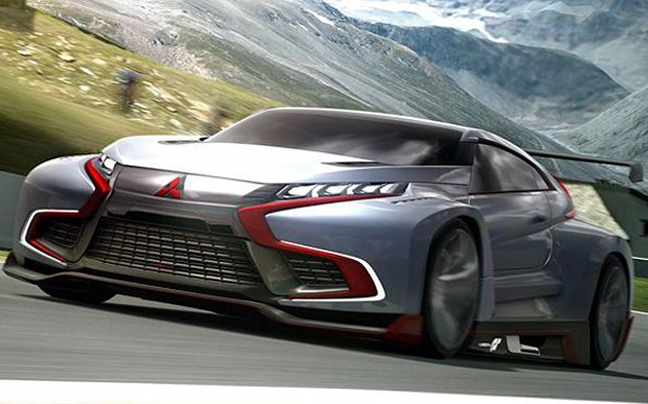
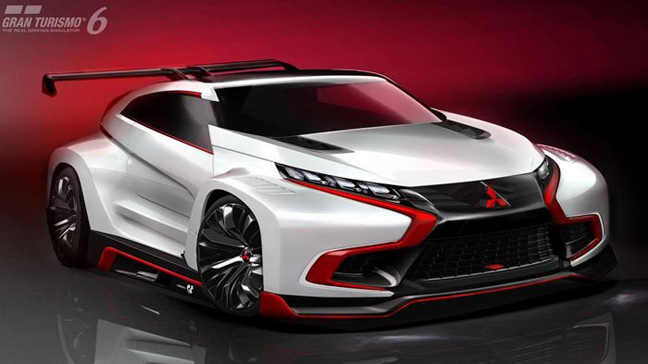
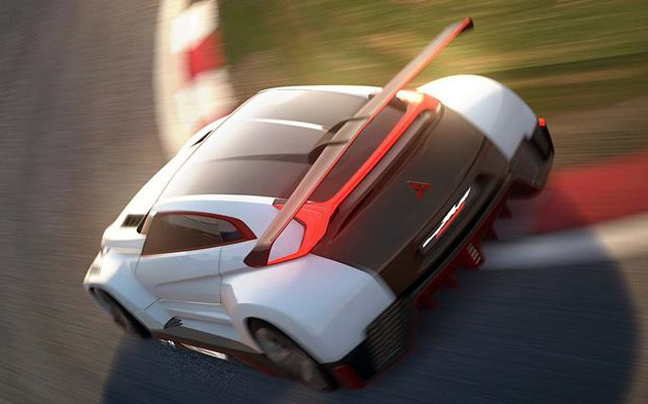
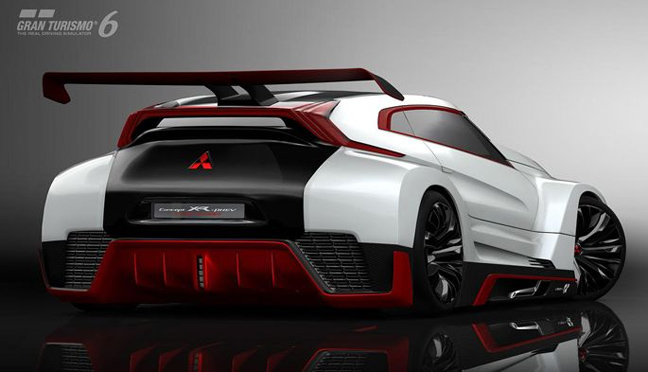
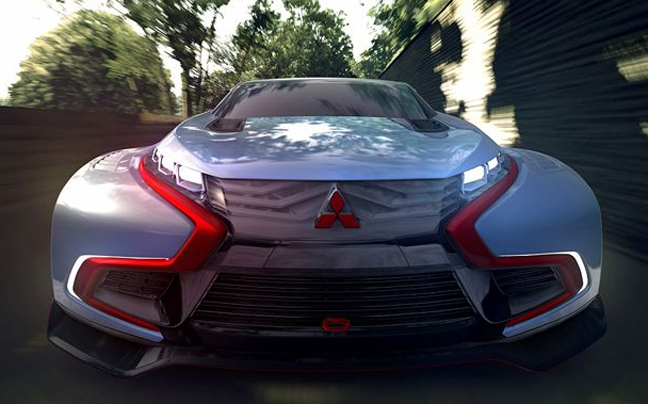











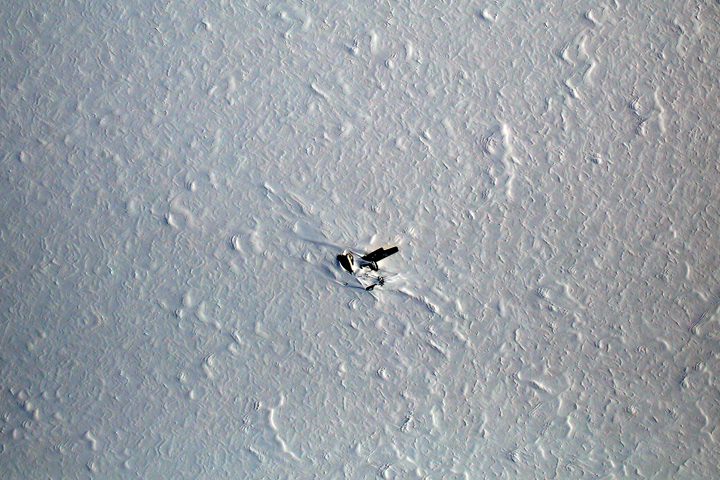

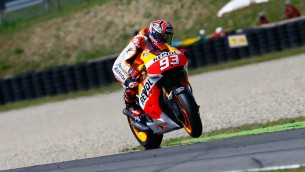
 Skylon is the result of 30 years' development and probably about 100m euros (£80m) of investment so far
Skylon is the result of 30 years' development and probably about 100m euros (£80m) of investment so far To get telecoms satellites in position, Skylon would deploy a re-usable upper-stage propulsion unit
To get telecoms satellites in position, Skylon would deploy a re-usable upper-stage propulsion unit Traditional rockets dump exhausted boosters and propellant tanks as they ascend
Traditional rockets dump exhausted boosters and propellant tanks as they ascend Even though it carries a smaller fraction of propellant, its bulk is still dominated by tankage
Even though it carries a smaller fraction of propellant, its bulk is still dominated by tankage UK Chancellor George Osborne (second left) sees the Sabre engines as a breakthrough technology
UK Chancellor George Osborne (second left) sees the Sabre engines as a breakthrough technology Engine development is in its final phase of design and demonstration
Engine development is in its final phase of design and demonstration The model is an aviation one in which an operator might purchase a number of vehicles from a manufacturer
The model is an aviation one in which an operator might purchase a number of vehicles from a manufacturer